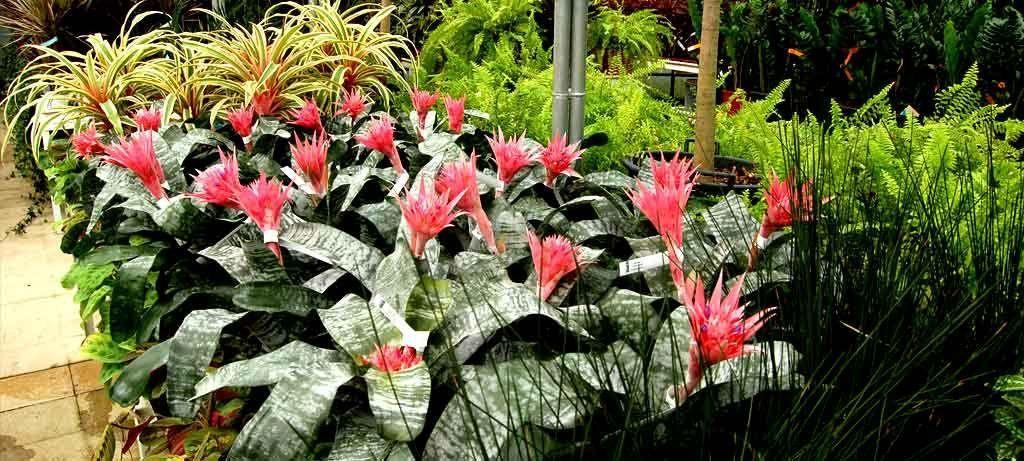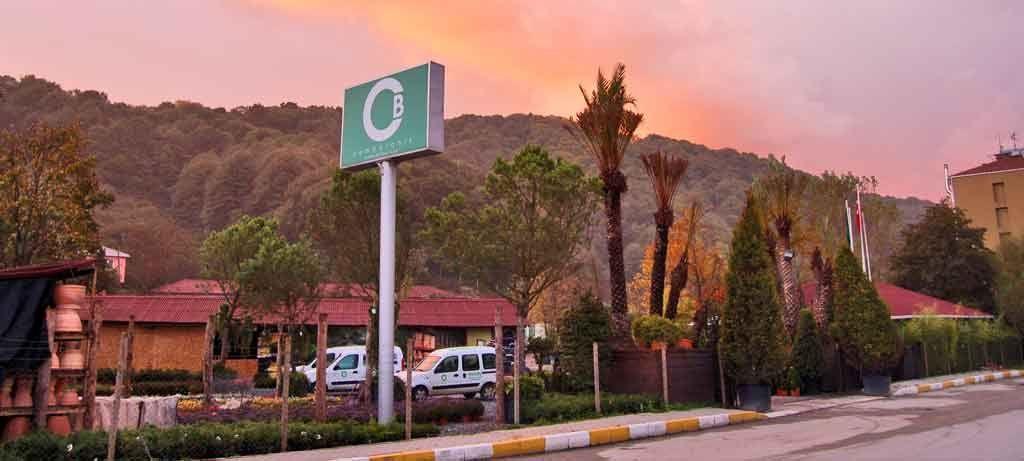We have listed the articles required for autumn lawn care (September-October-November).
Things to do in September: Regular grass form and irrigation should continue this month. You should remember to turn off your irrigation system on rainy days. You will often see snails, slugs and worms in your garden with rainfalls. You can do spraying for these pests. This is the most suitable month for sowing grass. If there are gaps in your lawn, you should first remove the yellows with a rake and then throw seeds. In September, you must fight against pests and disease. You can use ammonium nitrate fertilizer once in September. Ammonium sulphate fertilizer can also be used if there is moss in the grass.
Things to do in October: The first 2 weeks of October are the last time you can still plant grass. Fertilize ammonium nitrate once a month. Ammonium sulfate fertilizer can be used if there is moss in the grass. Yellowing and spilled leaves should be cleaned. You can use a leaf picker for this or you can do this picking with the help of a fan. Grass cutting should be continued according to development of grasses.
Things to do in November: Grasses are to be cut in November depending on the elongation of the grass. Fallen leaves should be continued to be collected.
Grass cultivation in fall and interim sowing practice
Autumn Grass cultivation: Depending on the nature of the soil, process the soil at an average depth of 15-20 cm. Homogeneously throw the seeds with grass seed (prefer mixes of 6 or 7) at 50-60 gr per meter square. Then lay 1-1.5 cm cover soil on the seeds you threw. Run over the roller to make the soil compact and straighten the soil. Finally irrigate the entire area.
Interim sowing: Use a rake to remove debris from the existing lawn, yellow and dried grass. Ventilate the grass roots. Sprinkle grass seeds in areas with spaces or openings on the ventilated lawn. Cover the soil with 1-1.5 cm cover. Straighten and compact the soil with the roller. Finally irrigate them homogeneously.
Types of grass that you can use for autumn lawn care
Lolium (British grass): It is a warm temperate regions plant which is widely used in grass fields. It usually has short-lives, multiple-years. Watch out for hot weather, it shortens its life.
Poa Paratencis: It will probably develop very well if you can keep it cool and moist. Irrigate it a lot but don’t worry, it is drought-resistant.
Poa: It is a species that cannot stand drought and heat. Thin texture, it is not pressure resistant.
Fetsuca: There are approximately 100 types. It is a mild and cool climate plant. You can take off your shoes and relax comfortably on it. Because it is resistant to being pressed on.
Agrotis: You will see this type mostly in parks and sports fields. Because they are usually used here.
Cynodon Dactylon (Bermuda grass): It is resistant to drought, heat, cold (except excessive frosts), it spreads rapidly and has thin leaves. It is resistant to being stepped on. In winter, the grass loses its appearance, but with spring it turns green again.
Cynodon Transvaalensis (Uganda grass): It is used frequently these days. It has fine-textured dense leaves. It is resistant to drought, heat and cold. It spreads quickly. It is resistant to being stepped on. In winter, the grass loses its appearance, and in spring, together with the cuttings, it becomes green.
Zoysia (Korean or Japanese grass): It grows dense and low. Although it has high quality, the growth rate is low. Leaves are hard to shape because they are hard.
Loretta: It is robust. It has thick texture, it is heat resistant. You can walk around easily; it is suitable to step on it.
Renew your old, tired lawn during autumn lawn care
We all dream of a dark toned, dense and green grass… And we just want to feel the grass walking bare feet on the grass… But what if the color of the turf you caused to be made in spring with all the hopes begins to lose its color and the soil appears due to it being sparse. There can be many reasons for this.
It is very difficult to expect the grass in your garden to be healthy and normal, even after our balance is upside down, after a summer of high humidity, sudden repressive rains and sweltering heat again. However, the people who supplement their lawns with fungicides and additional fertilization may survive this period healthier.
If you plan to sow grass in September which is the most suitable time for sowing grass, you should pay attention to the choice of grass seed. The grass seed to be used must be resistant to the climate in which you live. The thick textured, heat and moisture resistant species should be selected for Marmara region.
September is the most suitable month for grass cultivation, mid-October and autumn grass care and applications. You can renew your old lawns completely and you can plant your existing lawn. Remember, even the best-exposed lawns should be renewed after no more than 8-9 years. Now, how about concluding a contract for working with a professional company immediately?










